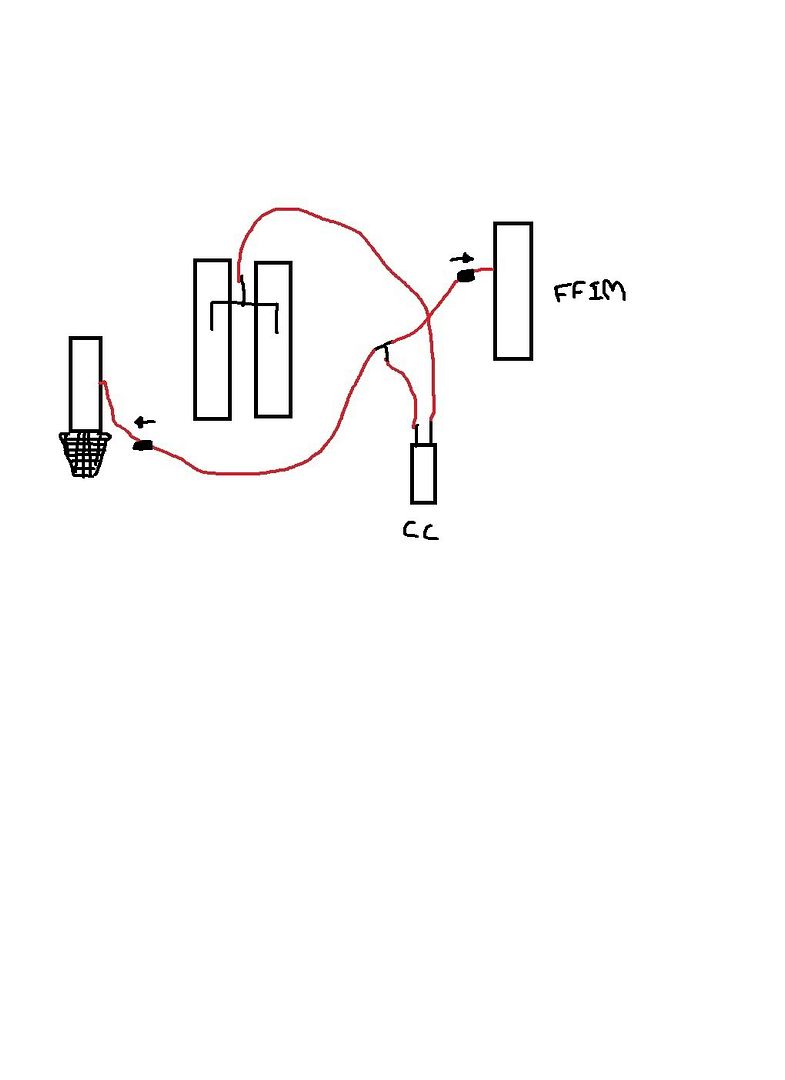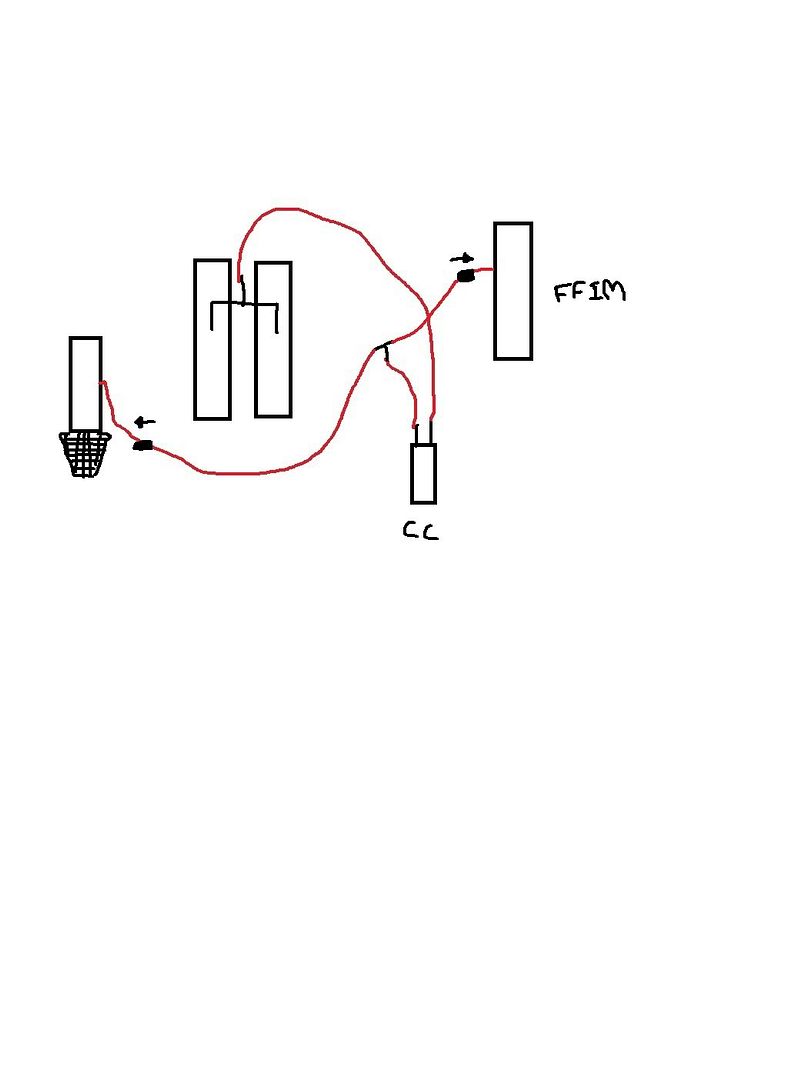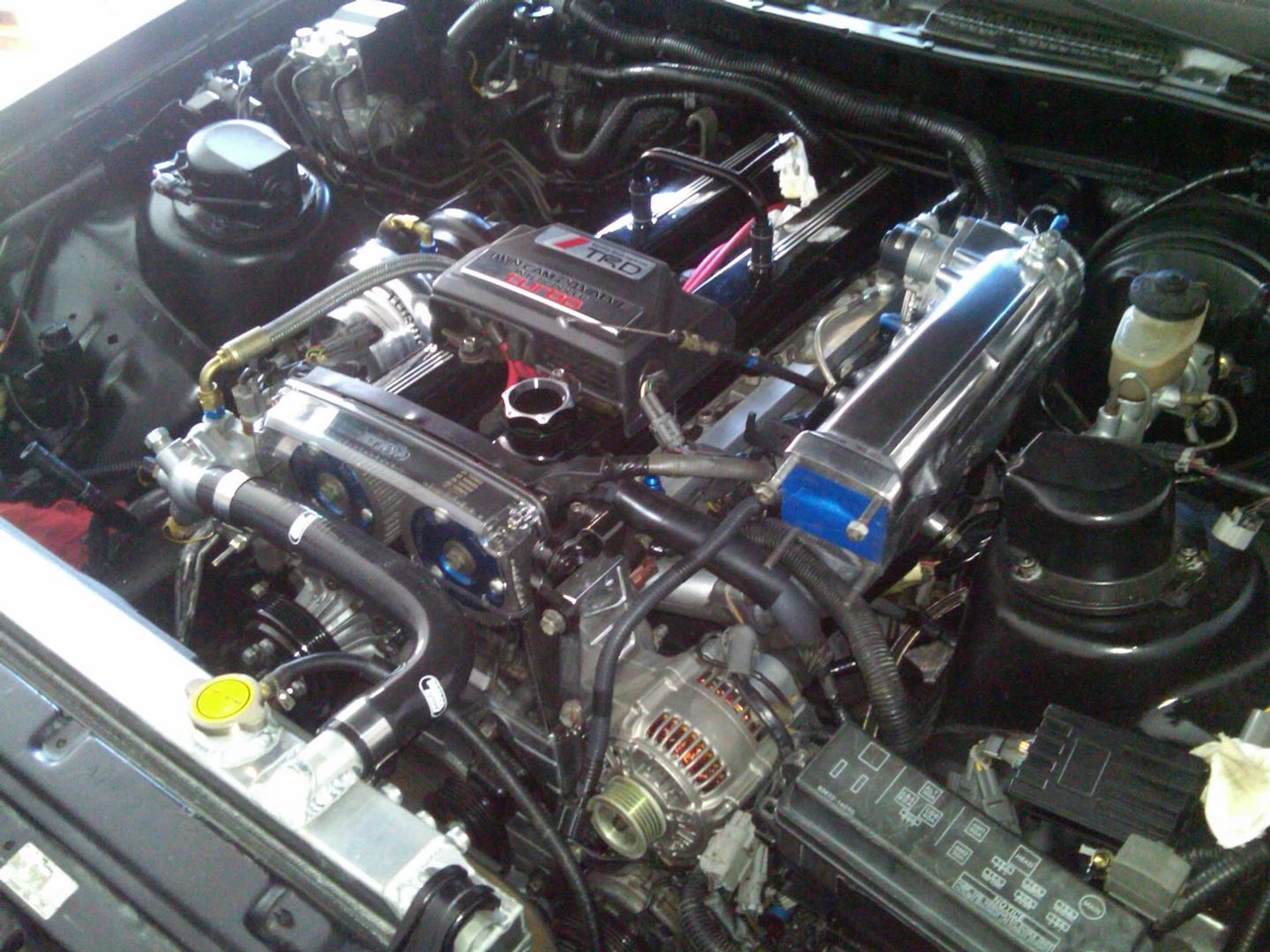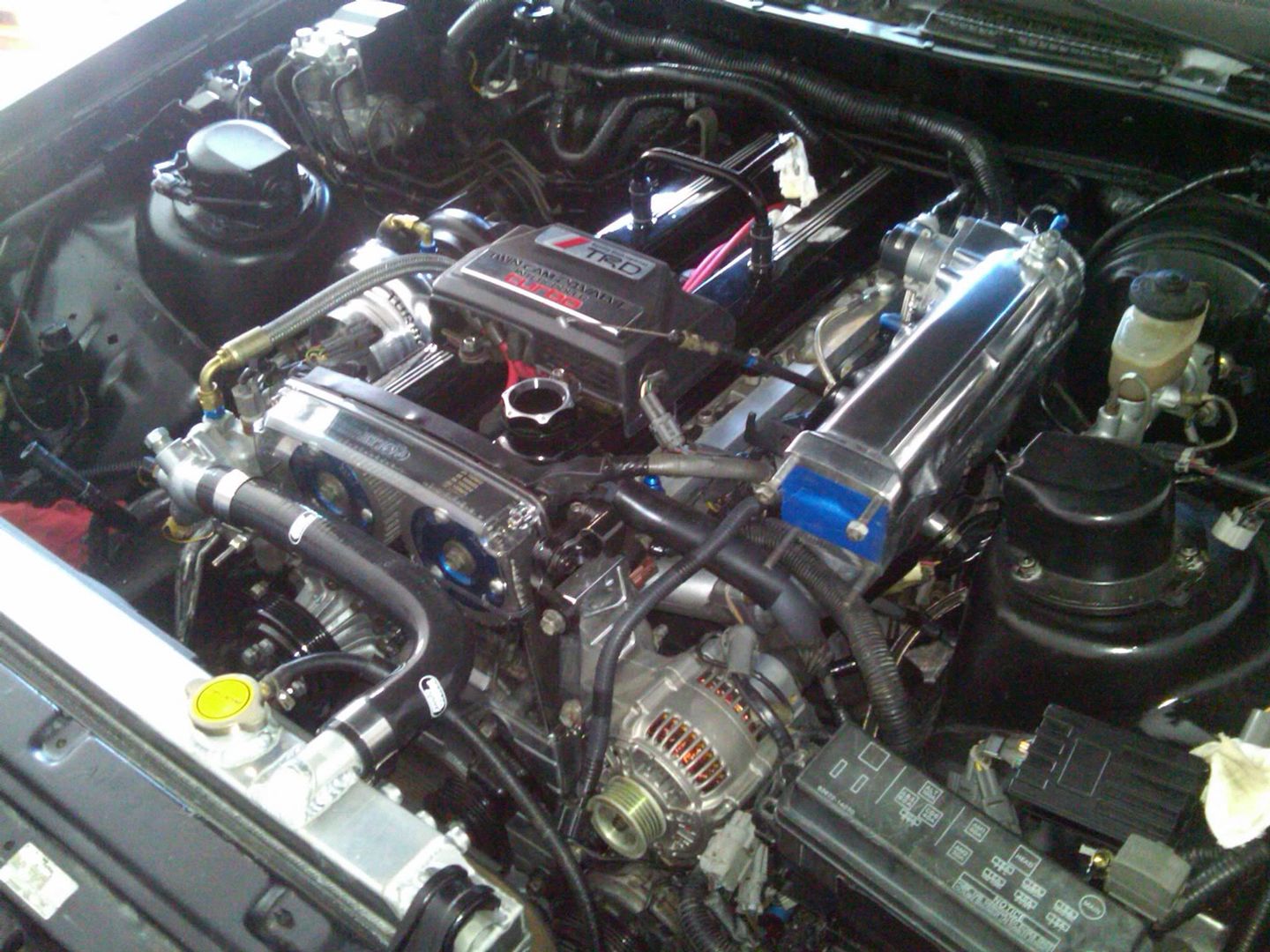Besides all the previously suggested ways of doing this I have been reading up on what could potentially be the best way yet of creating good vacuum and eliminating the catch can AND all possible oil contamination due to blowby.
Here it is on a 2jz.
View attachment 48979
View attachment 48978
Here is the kit with check valves, weld in pipes.
View attachment 48977
The blowby that occurs will happen when under higher boost, and with this system this is also when you will see the highest vacuum. Unlike a TB setup where you see no vacuum under boost.
Another benefit of this setup is you never see the fumes coming back to the motor to be reburned and possibly contaminating the intake mani, oil, etc.
Eliminates the catch can and all the plumbing to some extent. You of course still have to route to the exhaust weld in's. Also install a one way valve system to still maintain vacuum during idle would't be a terrible idea but then brings back the contamination situation again.
Boost is when you really want this vacuum at it's best.
Downsides.....
This is going to mess your emissions up big time, so if your in an area that looks for that then stay away from this.
It is fairly hard to get the weld in's setup correctly so that they provide good vacuum and do not pressurize the system (what the check valves are for). Testing for vacuum presence is essential during setup with a vacuum guage before hooking things up to your crank case.
Here's the text originally with the above images from SF......
"It provides the vacuum for the crank case that would otherwise be tied to your intake on your turbo. To prevent Oil grime on your turbo compressor turbine and in your pipes in intercooler you must run a catch can which is not 100% effective. Using the method pictured above provides the needed vacuum for the crank case. One of the Virtual works crew told me that they saw a nice gain at their power level ~60 hp! It helps the rings seal and keeps you from popping seals especially with the blow-by we can see running over 30 psi." ..... from SF.
So it appears having the high vacuum under boost also provides somewhat of a decent performance increase as well. Although looking at the source....virtualworks and the boost level.......30 PSI.......I would expect smaller gains in power from more reasonable power levels. But clearly the benefits of having a good efficient PCV system should not be minimized for life of engine and apparently power.
And here is an example of what can get blownby and sent back into your intake if you delete the catch can and simple re-burn the fumes.
View attachment 48980
Nasty.........I personally would much rather send this crap to my exhaust. But I seriously suspect that the car this photo came from has some serious issues as well. Or this is a very high milage example of blowby.








